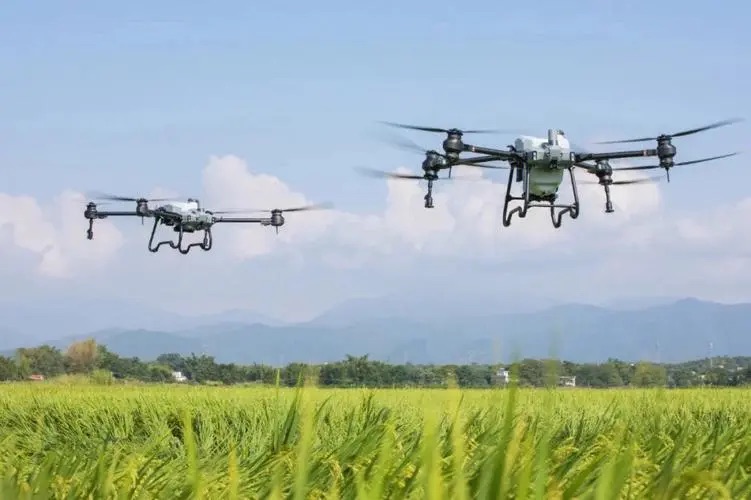With the world supply at an all-time high and commodity prices at an all-time low as a result of increasing demands in food production and consumption, the modern farming industry is at a crossroads. There is a greater need than ever before for farmers and agronomists across the globe to improve resource management in response to tightening budgets, while the “farm to fork” movement has seen rising pressure for enhanced product traceability, as consumers become more interested in the origin of the goods they purchase and how they were grown.
Furthermore, climate change continues to create new layers of complexity for the agriculture industry in protecting the security of the supply chain. Rapidly evolving environmental conditions further exacerbate these challenges, and the latest figures show that the overall loss to agriculture across Europe from climate change could be as high as 16% by 2050. Indeed, optimizing sustainability credentials to minimize the impact on the health and well-being of the public and the planet will remain a priority, particularly as enhanced sustainability measures could also provide additional economic benefits by enabling agriculture professionals to focus their resources and efforts more effectively.
To balance feeding the planet with reducing global emissions, ambitious plans have been put in place. The U.K.’s National Farmers’ Union (NFU), for example, has outlined its goal of making British agriculture carbon neutral by 2040, with the introduction of a range of measures to improve land management, increase farming efficiencies, and boost the wider bioeconomy. Although there is no single answer to the problem, the NFU has advocated working “smarter” to cut direct pollution from farming, by delivering the same value with fewer emissions.
Precision agriculture practices, which can help farmers make better informed decisions, have evolved significantly over recent years, with the global market now estimated to reach $43.4 billion by 2025. While drones, also known as unmanned aerial vehicles (UAVs), have not yet made it into the mainstream agriculture space, they are playing an increasingly important role in precision farming, helping agriculture professionals lead the way with sustainable farming practices, while also protecting and increasing profitability.
The use of global positioning system (GPS) technology, together with geographic information system (GIS) tools, form a large part of these precision agriculture practices allowing fine-scale monitoring and mapping of yield and crop parameter data within fields. These provide more intense and efficient cultivation methods, which can help farmers adjust fertilizer prescriptions or identify crop diseases before they become widespread. With more data at their fingertips, farmers can make decisions based on economic and environmental factors – for example, by optimizing fertilizer treatment and applying only the right amount at the right time, significant cost and environmental savings can be made.







Please sign in to comment
register